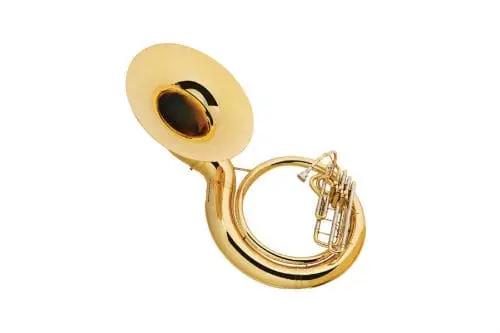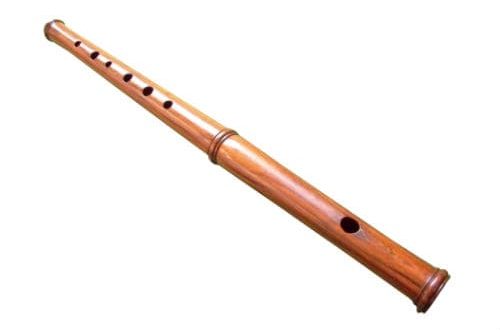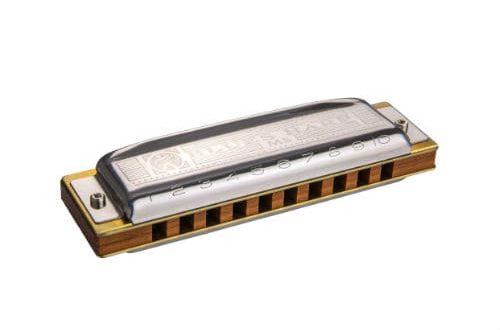
Sousaphone: description of the instrument, design, history, sound, use
The sousaphone is a popular wind instrument invented in the United States.
What is sousaphone
Class – brass wind musical instrument, aerophone. Belongs to the helicon family. A wind instrument with a low sound is called a helicon.
It is actively used in modern American brass bands. Examples: “Dirty Dozen Brass Band”, “Soul Rebels Brass Band”.
In the Mexican state of Sinaloa, there is a national musical genre “Banda Sinaloense”. A characteristic feature of the genre is the use of the sousaphone as a tuba.

Tool design
Externally, the sousaphone is similar to its ancestor helikon. The design feature is the size and position of the bell. It is above the player’s head. Thus, the sound wave is directed upward and covers a large area around. This distinguishes the instrument from the helicon, which produces a sound directed in one direction and has less power in the other. Due to the large size of the bell, the aerophone sounds loud, deep and with a wide range.
Despite the differences in appearance, the design of the case resembles a classic tuba. The material of manufacture is copper, brass, sometimes with silver and gilded elements. Tool weight – 8-23 kg. Lightweight models are made of fiberglass.
Musicians play the sousaphone standing or sitting, hanging the instrument on a belt over their shoulders. Sound is produced by blowing air into the mouth opening. The air flow passing through the inside of the aerophone is deformed, giving out a characteristic sound at the output.

History
The first sousaphone was custom-designed by James Pepper in 1893. The customer was John Philip Sousa, an American composer who has the fame of the “King of the Marches”. Sousa was frustrated by the limited sound of the helicon used in the United States military band. Among the shortcomings, the composer noted a weak volume and a sound going to the left. John Sousa wanted a tuba-like aerophone that would go up like a concert tuba.
After leaving the military band, Suza founded a solo musical group. Charles Conn, on his order, made an improved sousaphone suitable for full-fledged concerts. Changes in the design affected the diameter of the main pipe. The diameter has increased from 55,8 cm to 66 cm.
An improved version proved to be suitable for marching music, and from 1908 was used by the US Marine Band on a full-time basis. Since then, the design itself has not been changed, only the materials for manufacturing have changed.





